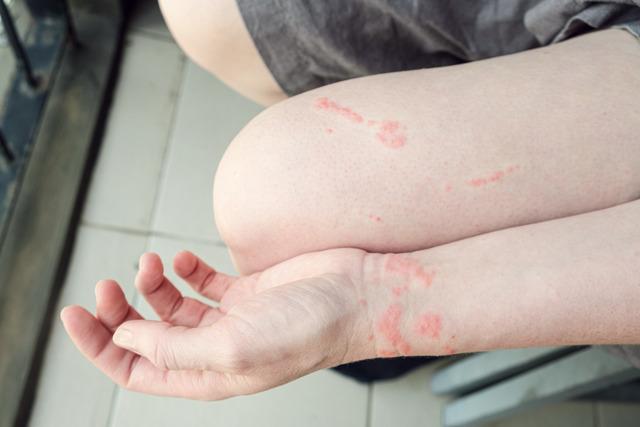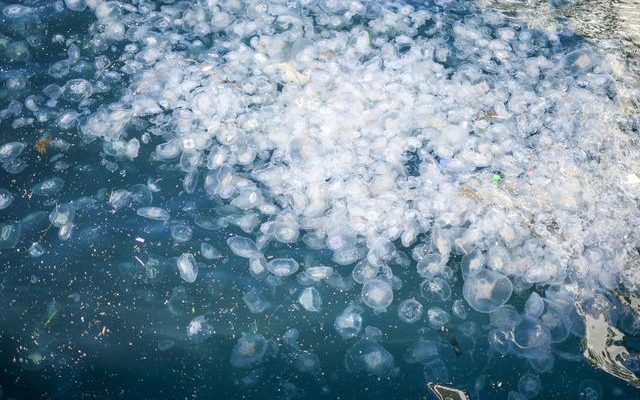It was stated that the migratory jellyfish species called Rhopilema nomadica, which has been seen frequently on the Mediterranean coast recently, has started to be seen frequently on the coasts of Mersin, İskenderun Bay, Antalya and Muğla, and it was announced that this species can reach a length of 70 centimeters and a weight of 5-6 kilos. Rhopilema nomadica migratory jellyfish has a strong caustic effect if it comes into contact with the human body, and in case of contact, it is recommended to wash the contact point with sea water instead of fresh water.
Jellyfish, both swimming in the sea and washing dead bodies on the beach on Marmaris Uzunyalı beach, made the citizens uneasy. Angler Fevziye Demirci, who has been living in Marmaris for 4 years, said, “This is the first time I’ve seen it this busy this year. “We couldn’t catch any fish,” he said.
“JELLYFISH BREEDING HAS INCREASED IN THE SEA”

Assoc. Prof., Muğla Sıtkı Koçman University, Faculty of Fisheries. Dr. Nurçin Killi is doing scientific research on the Rhopilema nomadica migratory jellyfish species that washed up on the Marmaris coast. Giving information about the species, Assoc. Dr. Killi said, “Recently, we have seen an increase in invasive species in the Mediterranean. One of these is Jellyfish. Jellyfish, which come from both the Suez Canal and the balance water of ships, increase their numbers due to the higher water temperatures in this region. We have been seeing Jellyfish overgrowth on our coasts for about a year and a half. Last summer, we encountered Rhizostoma pulmo jellyfish in abundance in the Gulf of Foça, Izmir. “For several weeks, we have been encountering the migratory Rhopilema nomadica species of migratory jellyfish on the coasts of Muğla, Antalya, Mersin and İskenderun Gulf,” he said.
“A BURST TYPE”

MSKU Fisheries Faculty faculty member Killi warned those who come into contact with the migratory jellyfish of the Rhopilema nomadica type, which can grow up to 70 centimeters in length and weigh 5-6 kilograms. Assoc. Dr. Killi said, “This genre is a big genre. We currently have 5-6 kilo types available. It is a strong burning species. Its effects can range from extreme pain, redness, burning sensation, blister formation, rash and even scarring. These effects may also increase depending on the person’s allergic reaction. If the person’s body is allergic, he may overreact. It may cause breathing difficulties and nausea. Or it may cause the pain to last longer and cause open wounds. My advice is to immediately go to a health institution in case of contact with any jellyfish. Because we do not know how the body will react at this point. First of all, we recommend washing with sea water if you are on the shore. We should not mill fresh water in the first place. We think we will see more of these Jellyfish on our shores from now on. Because this winter, unfortunately, water temperatures did not drop as much as we expected. For this reason, we have now started to see the overgrowth of jellyfish that we saw in April-May in the winter months of January-February. “This shows us that Jellyfish can be seen in our waters all year round,” he said.
(UAV)

